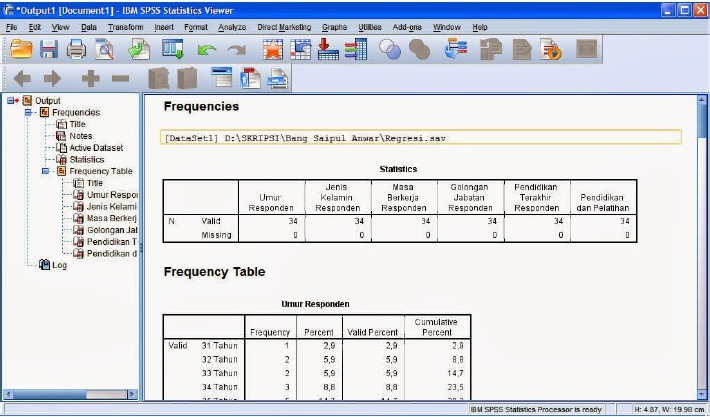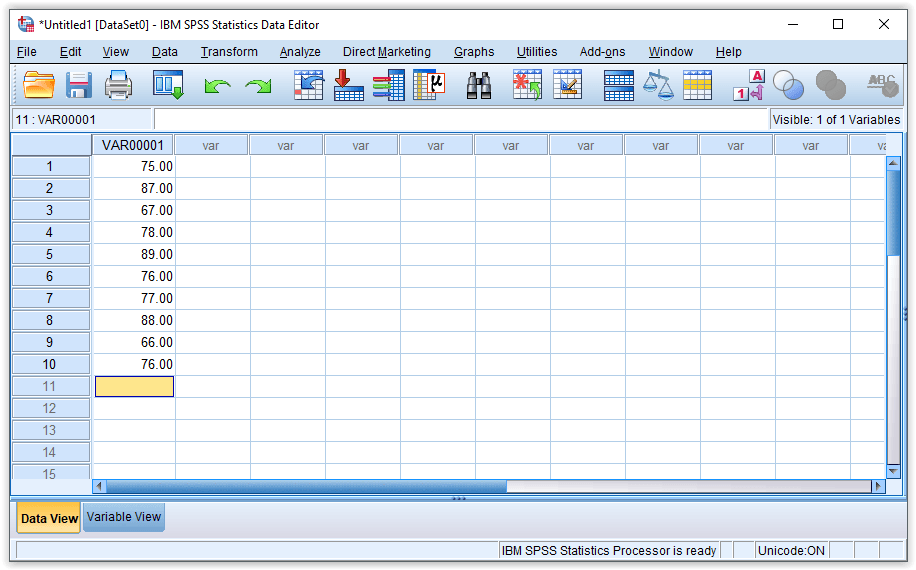

* tail area of P Z is accurate to about 1 part in 10**16. * Produces the normal deviate Z corresponding to a given lower */ * A full example can be found in the file EXAMP_R.SPS. * Next, you can call r_bis with x and y as parameters */ * default value of 12000 to at least 22800: */ * use the SET MXLOOP command once to increase the */ * Your data file consists of about 22800 cases. * for ‘yes/true’, the other variable y is continuous. * One variable x is coded ‘1’ for ‘no/false’ and ‘2’ */ * after you installed the macro via INCLUDE. * the number of cases in your current working file */ * to increase the default value of MXLOOPS to the */ * If the number of cases is more than 12,0000 you have */

* (a tetrachoric correlation coefficient should be */ * dichotomous, r_bis may produce meaningless results */ * variables have more than two valid categories r_bis */ * If one of the variable is a constant or if both */ * The dichotomous variable need not to be coded as 0/1. * restricted to upper and lower bounds of 1.0 and -1.0, */ * tomous variable with a continuous variable and its */ * r_bis computes the biserial correlation of a dicho- */ Langkah 2: buka File –> New –> Syntax–> kemudian save di directory D komputer anda dengan nama file: “r_bis”.

Kita dapat melakukannya dengan menambahkan syntax khusus pada SPSS.īerikut syntax yang harus di save di spss: Sedangkan untuk data numerik, tidak ada menu spss yang khusus menyediakan perhitungan validitas dengan rumus point biserial ini. Menghitung validitas data ordinal atau data interval dapat dilakukan dengan menggunakan SPSS karena sudah tersedia di menu utama.


 0 kommentar(er)
0 kommentar(er)
